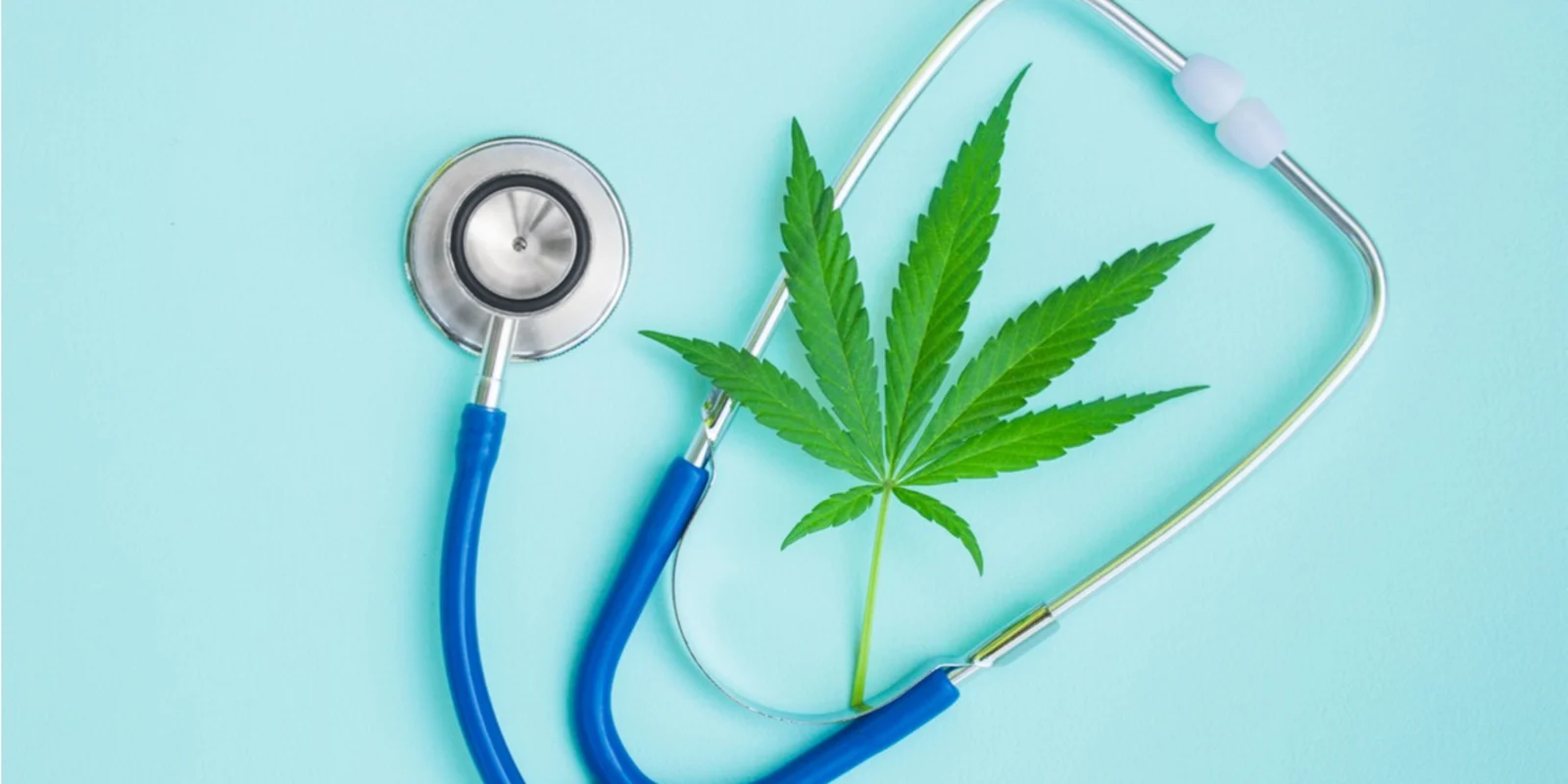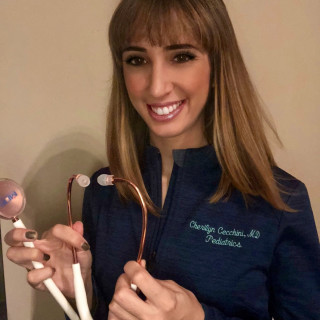
I recently listened to “DDx,” a new podcast from Figure1. In their third episode, a 37-year-old man presents to the emergency department in the middle of the night with persistent vomiting and retching. He is highly vocal and agitated. Upon questioning, he reveals that he experiences these episodes frequently and previous investigations have all been inconclusive. His skin is noted to be flushed and his father explains that he has spent most of the day taking a hot shower. At this point, Dr. John Richards realizes the key piece of information other physicians may have overlooked. “Do you smoke marijuana?” he asks.
Interestingly, this reminded me of my very own experience with a young man who suffered from cannabinoid hyperemesis syndrome. He presented to the emergency department, as well, with retching and vomiting after having what he described as “1–2 hits” of marijuana.
This ultimately led me to start thinking about legalization of marijuana and the recommendation of medical marijuana. I started to consider my role as a practitioner and how it has changed given recent state-based legislation. What exactly is my role as a pediatrician when it comes to counseling young patients about marijuana use now that several states have accepted it as legal? How does a physician navigate this acceptance while still honoring the federal classification of marijuana as a schedule 1 substance, making its distribution a federal offense? While I knew no initiatives existed to legalize the recreational use of marijuana for minors, it still is worth learning about.
I came across the most recent American Academy of Pediatrics clinic report addressing counseling parents and teens about marijuana use in the era of legalization. It echoed what I had formerly known: marijuana is not a benign substance and may prove especially harmful for the developing teenage brain. The article focused on utilizing the Screening, Brief Intervention, Referral for Treatment (SBIRT) method, which I am familiar with. It reinforced that we should speak to adolescents about the potential harms of marijuana use. It also included a section on speaking to parents about appropriate role modeling, appropriate storage of marijuana away from children, and how being “high” may prevent the parent from providing a safe environment for infants and children. The article is highly useful, and I recommend that all pediatric trainees review it if they have not already.
Returning back to medical marijuana. In this moment, I realized, I had received little to no formal education on this topic. Given my interest in pediatric oncology, I felt inclined to strengthen my knowledge base.
I learned a lot in my cursory review, including that one must apply for inclusion in the registry of physicians authorized to issue certifications to patients to obtain medical marijuana with the DOH. I learned that physicians are required to demonstrate qualifications to treat a serious medical condition and must complete a four-hour training course approved for CME by the State Board of Medicine or Osteopathic Medicine. The physician must diagnose and document a serious medical condition in the patient chart and conclude the patient will receive therapeutic or palliative care. The patient is required to remain under continuing care of the physician during the use of the medical marijuana.
I also discovered that practitioners do not provide a prescription, but rather a recommendation that the patient is eligible for medical marijuana use. The patient then obtains the medical marijuana from a dispensary. The exact amount of the substance allowed seems to vary by state. I imagine that these recommendations are covered during the training course.
I discovered that legal ramifications are possible for pediatricians formally recommending the use of medical marijuana even for children with severe chronic conditions or in end-of-life care situations. I understand that learning the applicable state laws is key in this situation and direct discussion with the appropriate state medical board may prove helpful.
The only medical marijuana data applicable to the pediatric population relates to use in children with severe refractory seizures. In fact, the FDA recently approved a cannabis extract study in pediatric epilepsy. I now realize that I knew very little about medical marijuana. More formal education surrounding this topic is definitely needed. It should be introduced in medical school and reinforced during training, regardless of specialty.
I believe that as providers, we have a duty to feel comfortable when speaking about marijuana, both when counseling against recreational use and discussing its medical value. Adolescents especially may feel uncomfortable addressing the subject, but it should be introduced more regularly during well checkups, in order to provide teens with accurate information and remind them of the consequences of unregulated use. I do believe that this topic will increase in importance, meaning that education for providers, especially early stage physicians, is truly vital.
Cherilyn Cecchini, MD, is a pediatrician and a 2018–19 Doximity Author.







